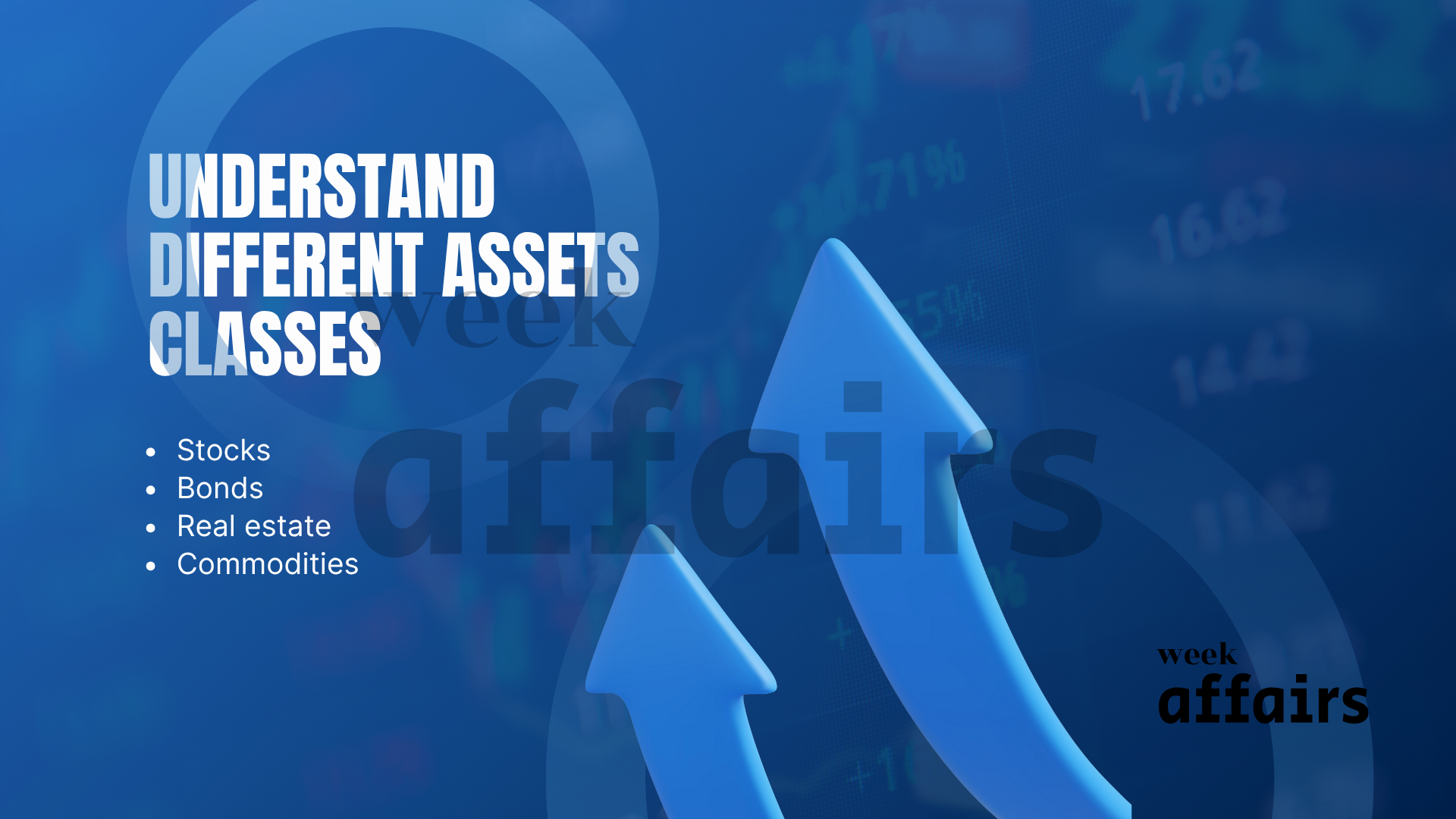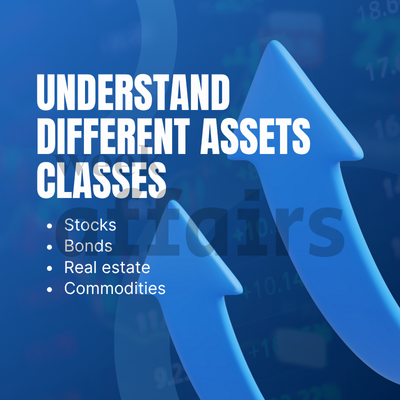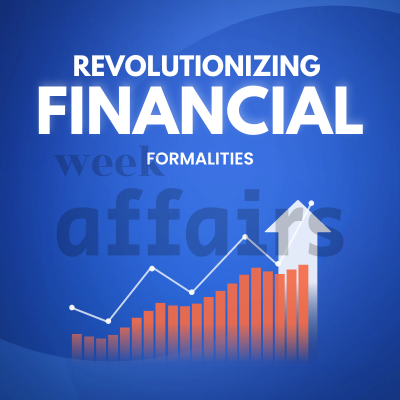
Consider a financial map where every path has unique opportunities, hazards, and rewards. A diverse path across markets draws on liquid havens, strong initiatives, ethical decisions, large public works, and even intellectual rights, not only on conventional sights.
Understanding these several routes helps a disorganized portfolio to become a coherent journey toward stability and development.
Exploring cash equivalents: The foundation of liquidity
Cash equivalents are near-money assets ready for quick use. Prop trading firms often rely on money market funds, certificates of deposit, and Treasury bills to safeguard capital while fulfilling urgent needs.
Selecting these tools preserves a cushion for unanticipated circumstances and grabs brief chances without compromising more long‑term obligations. Though slightly, interest builds consistently, reflecting short-term risk profiles. Monitoring maturity ladders and yield curves unlocks higher profits; rolling methods maximize income while protecting principle.
Understanding settlement timeframes and regulatory safeguards is the foundation of a balanced liquidity structure. Establishing this basis guarantees that high-growth sectors stay on track as liquid assets elegantly meet present requirements with future aspirations.
Techniques that ladder maturities across several horizons provide flexibility and predictability, therefore allowing risk managers to estimate cash flows precisely. Rapid changes in market conditions need constant recalibration to maximize upward drift and prevent rate traps.
Beyond public markets: Start-up stakes and private equity
Engagement in private equity opens doors to under-the-radar companies free from public scrutiny. Closely working with management, limited partnerships direct funds into buyouts or growth-stage companies.
Many times, including lock-up periods, structures emphasize horizon planning and careful due diligence. Driven by diligent asset stewardship, carried interest matches performance incentives. Earnings multiples and exit possibilities define values; illiquidity premiums provide possible upside for patient capital.
Conservative allocation techniques balance other areas of a portfolio against these obligations. In the end, private interests enhance public ownership by bringing diversity via non-correlated returns, hence opening paths for outsized rewards when visionary entrepreneurs transform sectors. Using strict deal sourcing and portfolio monitoring, fund managers help to reduce inherent risks and seize potential in developing markets.
The rise of crowdfunded debt: Peer-to-peer lending and platform financing
Rising platforms help lenders and credit seekers establish direct loan contacts, therefore avoiding intermediaries in traditional banking. Sophisticated underwriting systems evaluate risk profiles and provide variable interest terms connected to credit ratings and project feasibility.
Portfolios vary across credit grades, sectors, and locations; therefore, reducing individual default exposure. Automated payback plans clear cash distribution by handling interest and principal flows. Fee structures remain open; platform operators get origination and servicing charges.
Regulatory systems are always changing to strike a mix between investor protections and innovation rewards. Insurance policies and ongoing platform audits allow players to participate boldly. Including this asset class in a larger financial strategy creates consistent current income and supports diversification outside of fixed-income basics.
Also Read: Different financial markets: Capital and Money
Advocating change: ESG-focused social impact portfolio
Funding social and environmental projects helps to turn investing choices into a tool for world development. While funding businesses adopting renewable energy, fair labor standards, and ethical governance, screening procedures weed out corporations with bad sustainability policies.
Active engagement tactics force boards to embrace openness and community-friendly policies, therefore producing intangible advantages along with improved financial performance.
Concentrating on carbon reduction, gender diversity, or water conservation, theme funds match capital goals with quantifiable effect measurements. Third-party auditors and rating agencies confirm adherence, therefore providing credibility in the face of greenwashing issues.
Including ESG factors into asset classes creates strong portfolios that change with society’s demands and legislative changes. This dynamic strategy transforms long-term value generation and risk assessment.
Betting on bridges: Infrastructure assets and long-term capital
Direct infrastructure investment sends money into vital systems, including electricity grids, roadways, and telecommunications networks. Operating on concession models or public-private partnerships, projects grapple with building schedules, regulatory clearances, and income assurances.
Stable financial flows support predictability from user fees, availability payments, or contractual rates. By preserving real profits across decades, inflation-linked pricing helps to preserve buying power despite changes in the economy.
Asset performance is influenced by operational knowledge and proactive maintenance strategies, so capital allocators should require active control of these factors. While global distribution balances regulatory regimes, diversification across industries reduces project-specific risks. Allocating to these massive projects grounds portfolios with real-world assets that benefit society and create long-term return streams throughout economic cycles.
Also Read: Revolutionizing the way we handle financial formalities
Discover
© Copyright 2025 - WeekAffairs
Design by: WeekAffairs















